Hello,
Has anybody a script/software to rename reads within an SFF file ?
We are getting data back from providers that have been tagged/barcoded .
We can split the data without a problem, but it would be nice if the id of the read could be changed to reflect the source of that read.
Especially in SNP discovery of unsequenced organisms it would be handy.
I have started to have look at the sff format, using the info on the NCBI website.
I have already found that the iolib from staden can read the data, so most of the data has already been done.
I could do it myself, but if somebody has an implementation yet, it would save me some time
Has anybody a script/software to rename reads within an SFF file ?
We are getting data back from providers that have been tagged/barcoded .
We can split the data without a problem, but it would be nice if the id of the read could be changed to reflect the source of that read.
Especially in SNP discovery of unsequenced organisms it would be handy.
I have started to have look at the sff format, using the info on the NCBI website.
I have already found that the iolib from staden can read the data, so most of the data has already been done.
I could do it myself, but if somebody has an implementation yet, it would save me some time



Comment